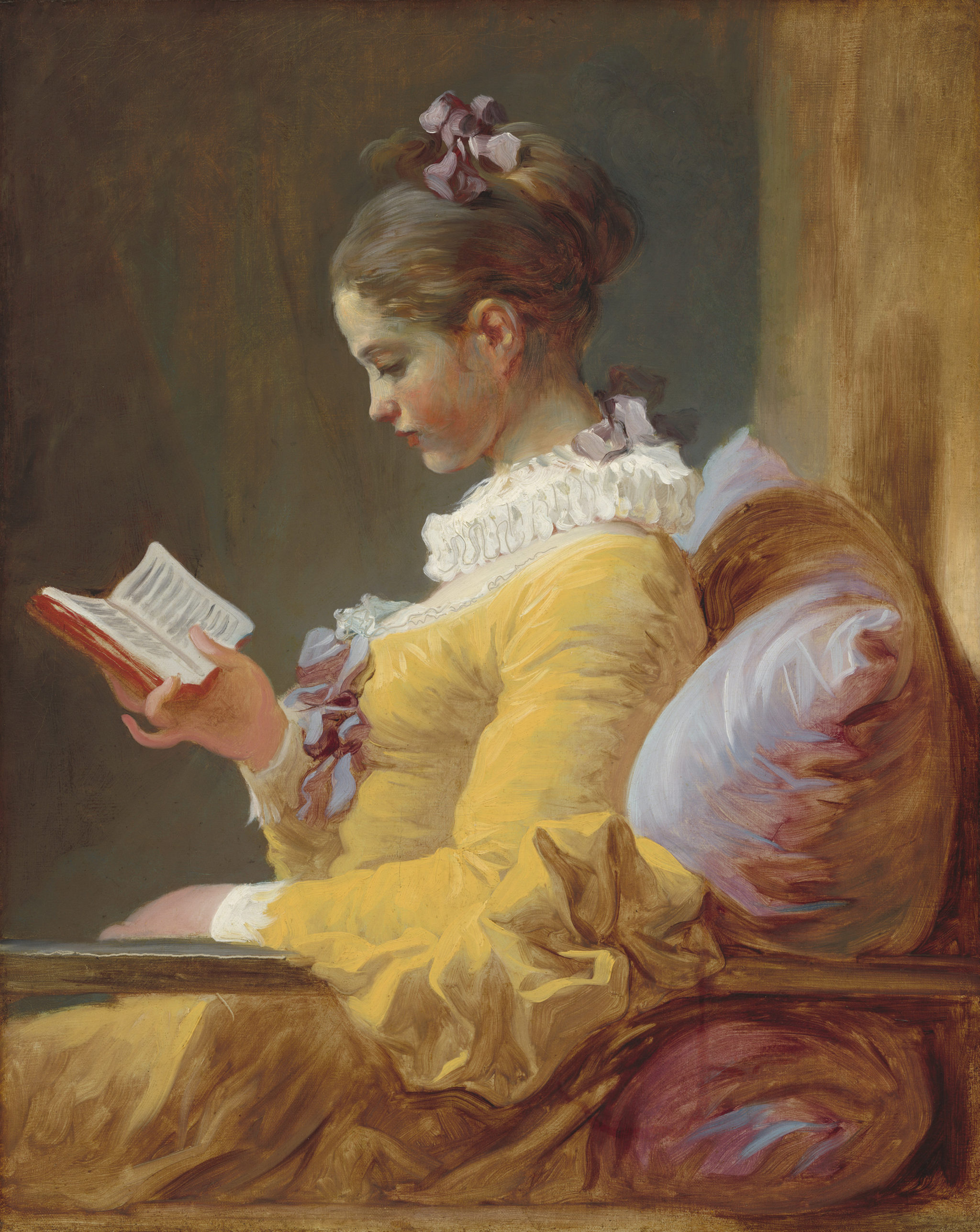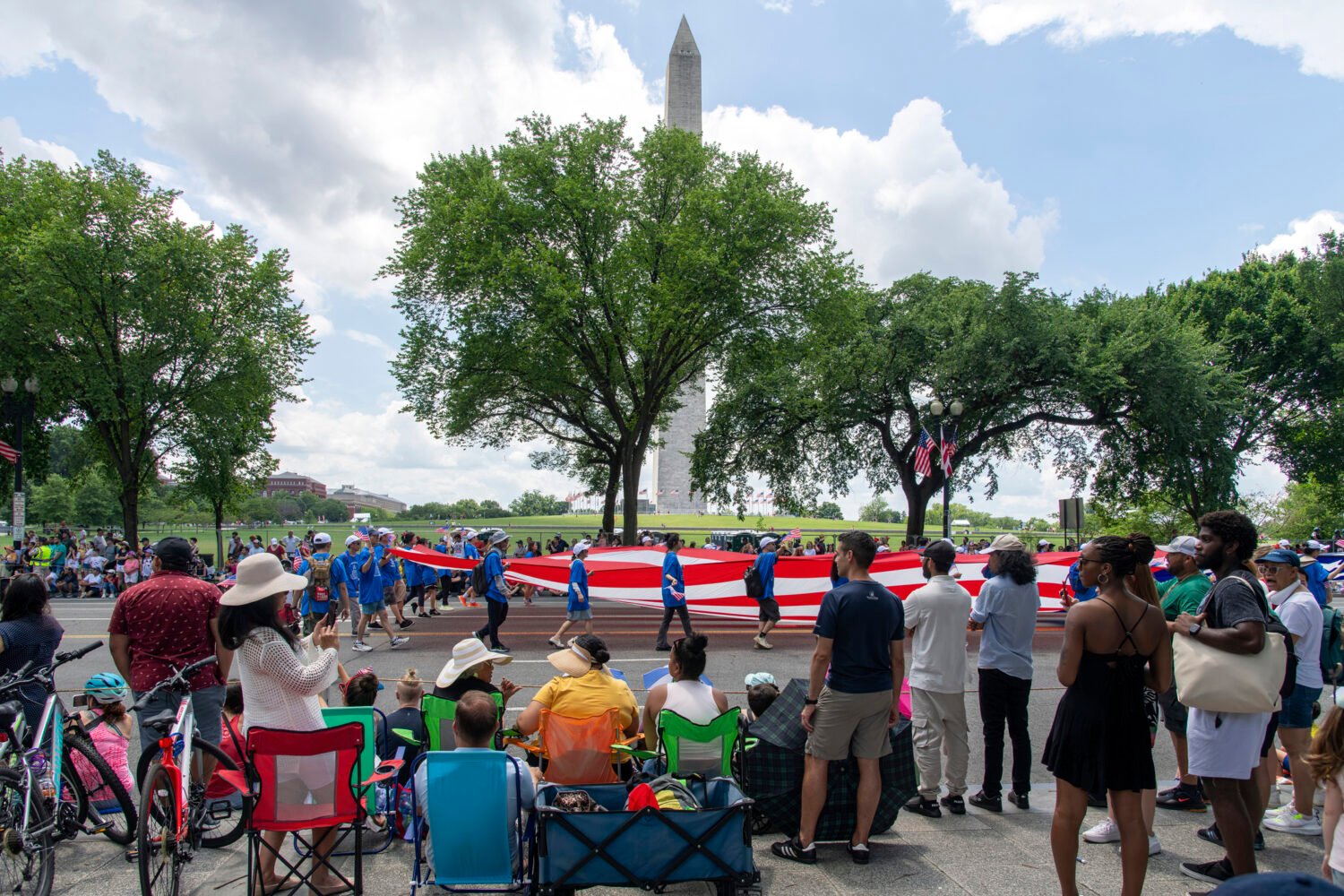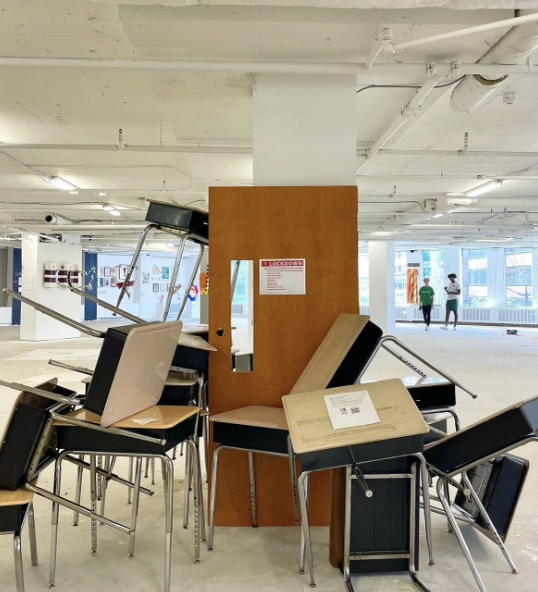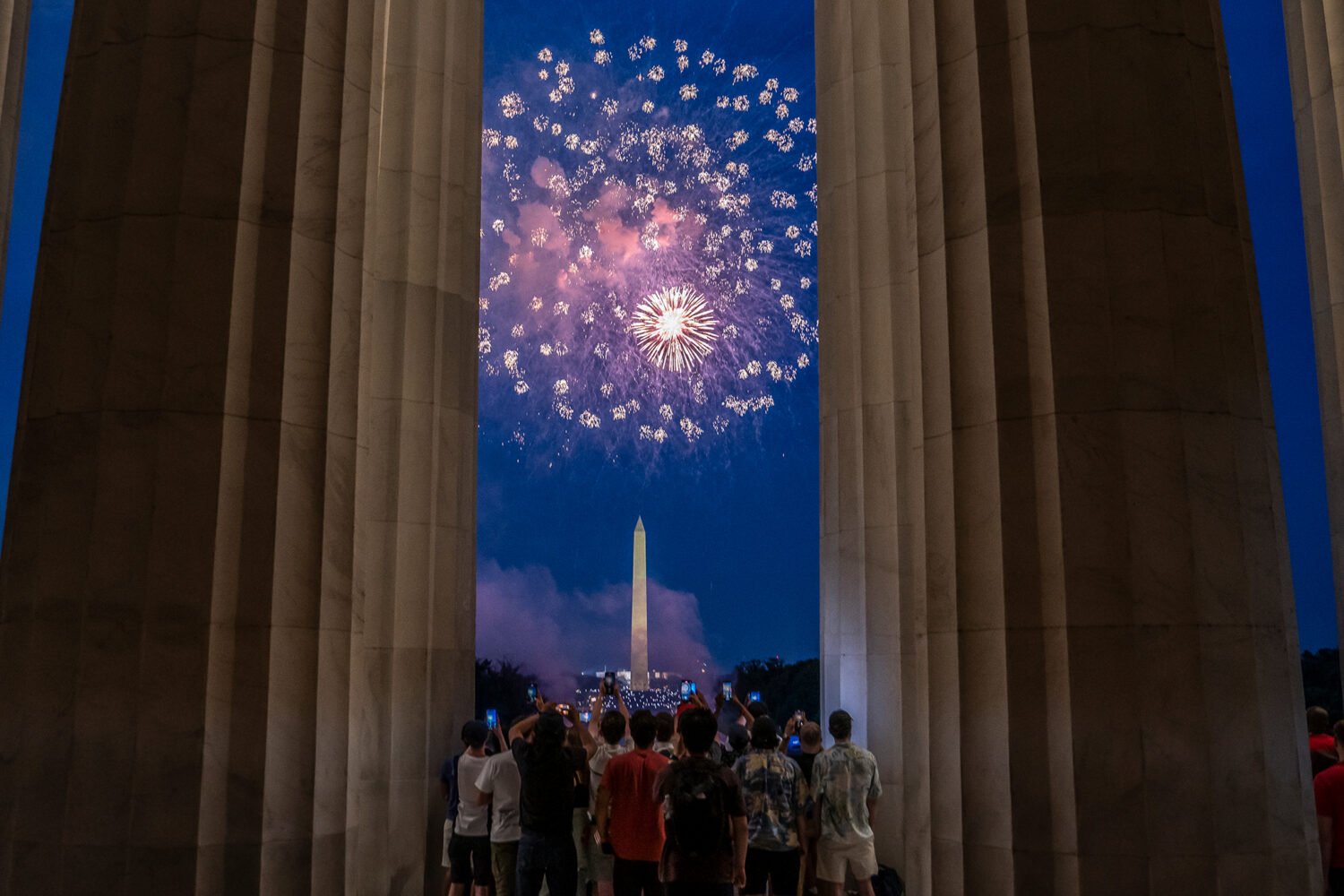Art museums may be closed during the Covid-19 shutdown, but art can still offer solace even if you can’t see it in person. The National Gallery of Art has been sharing some of its offerings online, including its eagerly awaited new Degas exhibit, and has other activities that help people engage with art.
Then there’s the museum’s permanent collection, a trove of fascinating and important work. Below, DC-based art historian David Gariff shares some thoughts on how art can speak to the emotions we’re all feeling right now. He also offers 10 paintings that he finds especially relevant.
We are living in an age of anxiety. From the personal—where we are assaulted daily with fears, warnings, and entreaties to see our doctor about a host of ailments from which we might be suffering—to the current, real, and urgent discussions and frightening scenarios related to pandemics, politics, terrorism, climate change, tainted food, and visions of the apocalypse, we are subjected to an endless barrage of contradictory and fear-inducing threats. It seems that the very nature of simple, well-established, and time-tested strategies for living, and living well, have been jettisoned. Obscured amid all the stress and turmoil is any chance of creating or discovering a path forward of meaning, hope, understanding, or faith.
In our present dilemma, the seeming loss of even the smallest refuge from the din that now passes for serious discourse is doubly tragic. A peaceful respite that can comfort us in these trying times is to be found at the National Gallery of Art. Despite the Gallery’s closure, we are still able to experience many of the paintings in the safety and quiet of our homes via modern technology. The struggle for meaning, truth, acceptance, faith, and redemption is no less potent even if the answers remain unresolved and conditional. The poignancy of the human drama, the dignity of the individual, the longing for nature, and the desire to silence fears and doubts from the past still resonate and move us today. In our personal and solitary engagement with great works of music, literature, poetry, and painting resides the universal longing for a peaceful, reassuring, and meaningful resolution to our own age of anxiety. —David Gariff
10 Paintings of Introspection, Connection, and Longing

Rogier van der Weyden, “Portrait of a Lady,” c. 1460, oil on panel.
Why Gariff picked it: “Moments of peace in silent introspection.”

Georges de La Tour, “The Repentant Magdalen,” c. 1635/1640, oil on canvas.
Why Gariff picked it: “A meditation on vanity and the ephemeral aspects of life.”

Rembrandt van Rijn, “Self-Portrait,” 1659, oil on canvas.
Why Gariff picked it: “A confrontation with one’s own mortality.”

Johannes Vermeer, “Woman Holding a Balance,” c. 1664, oil on canvas.
Why Gariff picked it: “A reminder of the difficulty of keeping a life in balance.”

Jean Siméon Chardin, “Soap Bubbles,” probably 1733/1734, oil on canvas
Why Gariff picked it: “The transience of a life as delicate (fragile?) as a bubble.”

Jean Honoré Fragonard, “Young Girl Reading,” c. 1769, oil on canvas
Why Gariff picked it: “A life of books—never more meaningful.”

John Constable, “Wivenhoe Park, Essex,” 1816, oil on canvas.
Why Gariff picked it: “The longing for wind, sky, water, and light.”
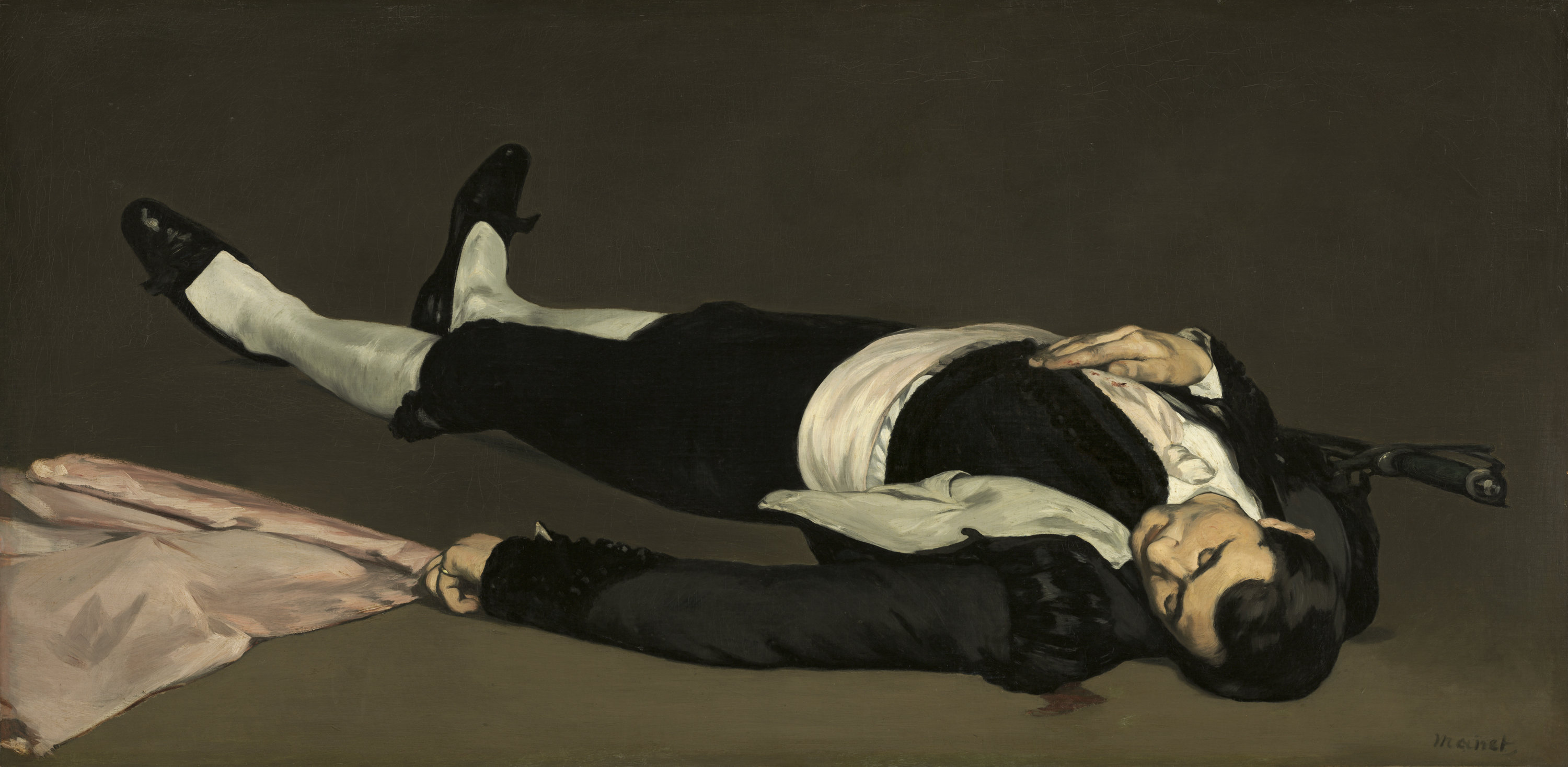
Edouard Manet, “The Dead Toreador,” probably 1864, oil on canvas.
Why Gariff picked it: “The stark reality of things.”

Claude Monet, “The Japanese Footbridge,” 1899, oil on canvas.
Why Gariff picked it: “The aspiration of losing one’s self in nature.”

Edward Hopper, “Cape Cod Evening,” 1939, oil on canvas.
Why Gariff picked it: “The impulse to connect with the ones we love.”

